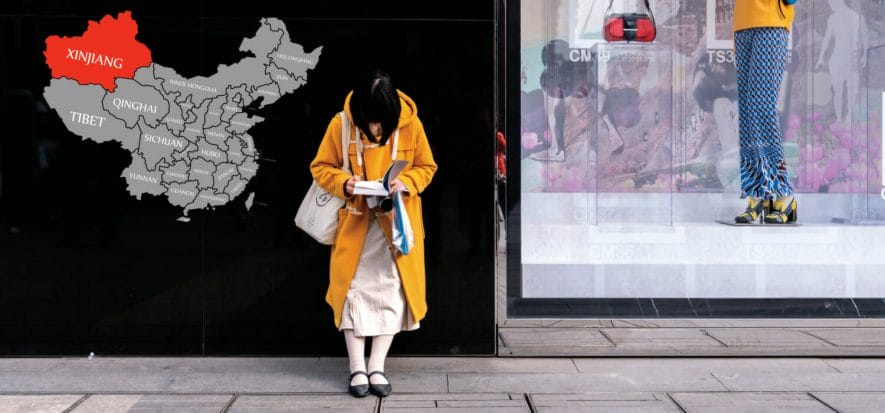Political crises. Image’s problems. Ideological positions. China was already among the most important customers for luxury companies before the pandemic. Now, after over a year of Covid, they are the absolute first. High fashion is closely linked with China. But it must be careful. Because the recent “diplomatic incidents” involving Burberry and H&M remind us that the People’s Republic is a very fickle clientele. While the imbalance in sales to Beijing can make the sector exposed to its crises. “If Chinese get a cold – comments Luca Solca of Bernstein -, luxury gets pneumonia”.
Double thread with China
There is D&G to demonstrate how a single accident on Chinese territory can turn into enormous commercial and image damages. But that may seem like a coincidence.
The front opened by the issue of Xinjiang cotton, which European and North American brands have stopped buying pending reassurance on working conditions and, in general, on the treatment reserved for the Uyghur minority, shows that the problem is more complicated.
“We are doing everything possible to stem the crisis in China – now writes H&M, one of the victims of the boycott campaign -. We want to win back the trust of our customers, colleagues and business partners in the country. China is a fundamental market for us”.
The apprehension is understandable: and the People’s Republic for the Swedish group is worth “only” 5% of turnover. “China will continue to play an important role in the development of the entire textile-clothing sector – continues the note -. We are proud that our suppliers are part of this development and we want to be a responsible buyer, in China and elsewhere. We want to work together to be part of the solution and build together a more sustainable fashion industry”.
If China stops
China is a hegemonic market for fashion, so that the players of fashion itself have to indulge its inclinations in all respects. The penalty is to become victims of boycott campaigns. Ok.
But this is only one of the involved risks. But it is not the only one. What if, trivially, Asian economy slows down? It may happen that the locomotive stops. They could, for one thing, repeat “something like the crisis of confidence in the Chinese leadership – tells Solca to Jing Daily – or a new policy like the anti-corruption policy of 2012”.
In the same newspaper Ron Wardle, digital marketing professional with three decades of experience in China, observes that “the real estate market is in decline” and that “Chinese consumers could get tired of Western luxury and switch to local brands”. Hypothesis, of course. But also alarm bells on the possible drifts of the imbalance.
In the graphic elaboration, the geographical indication of the Chinese region of Xinjiang, and a consumer outside brand’s boutique in Chengdu (Shutterstock images)
Read also:
- China is not joking about Xinjiang: after H&M, it hits Burberry
- China, Nike urge suppliers to “prevent Uyghur forced labour”










